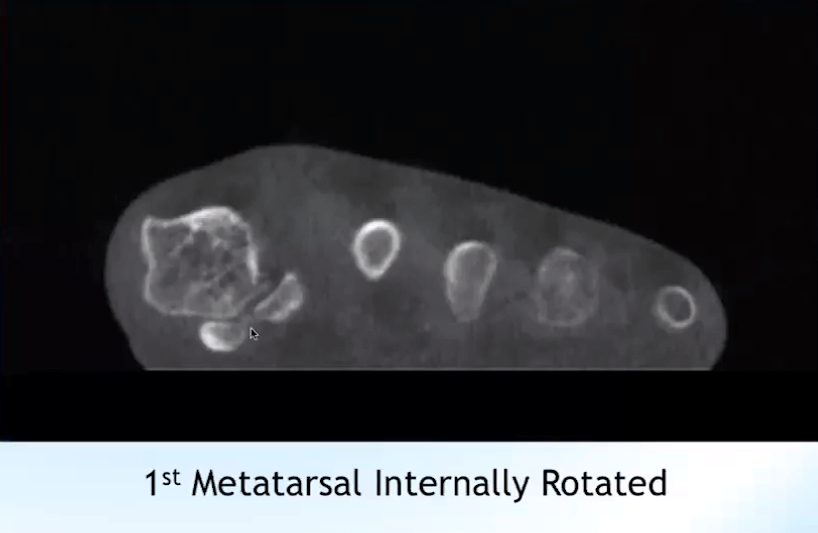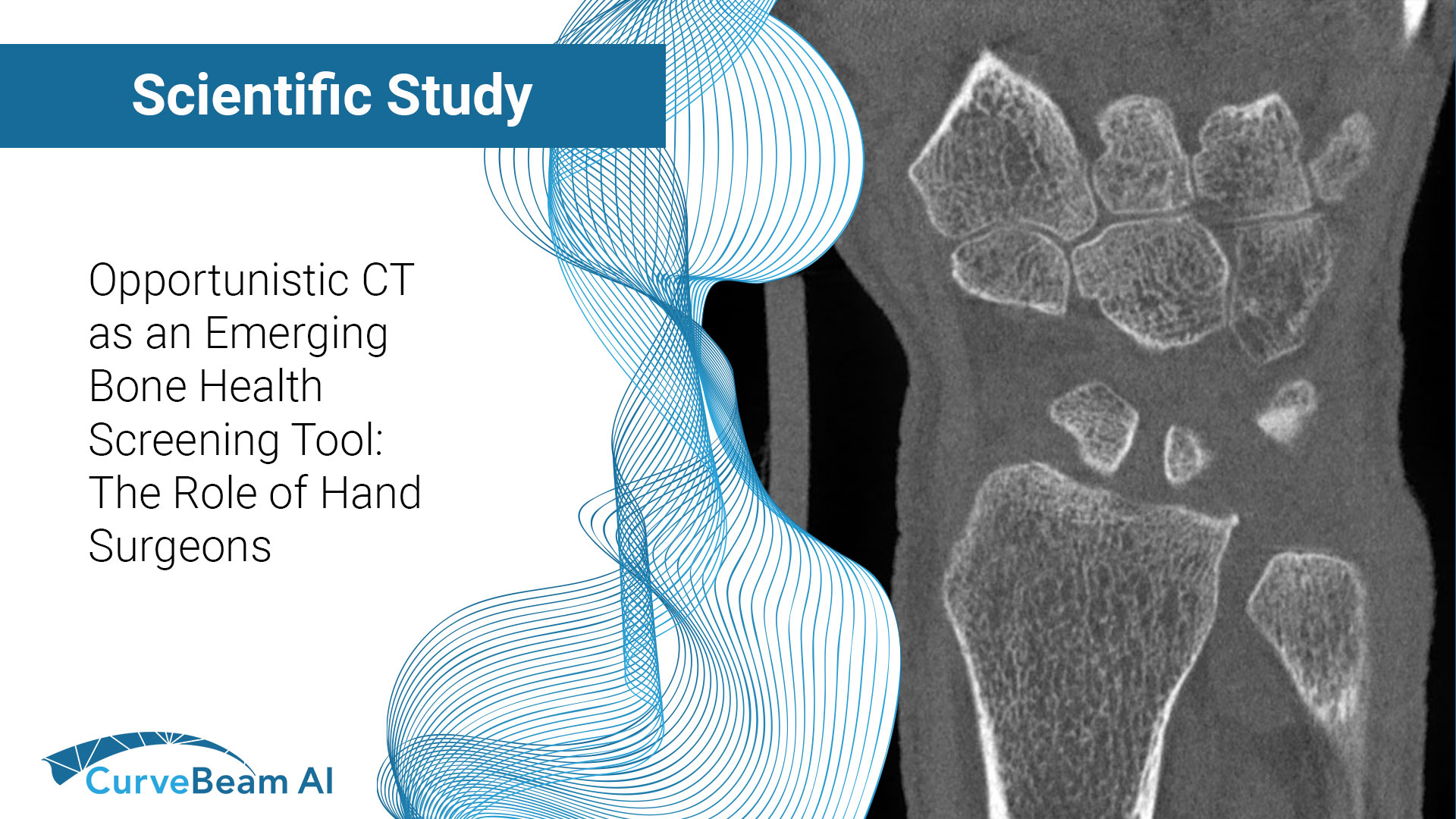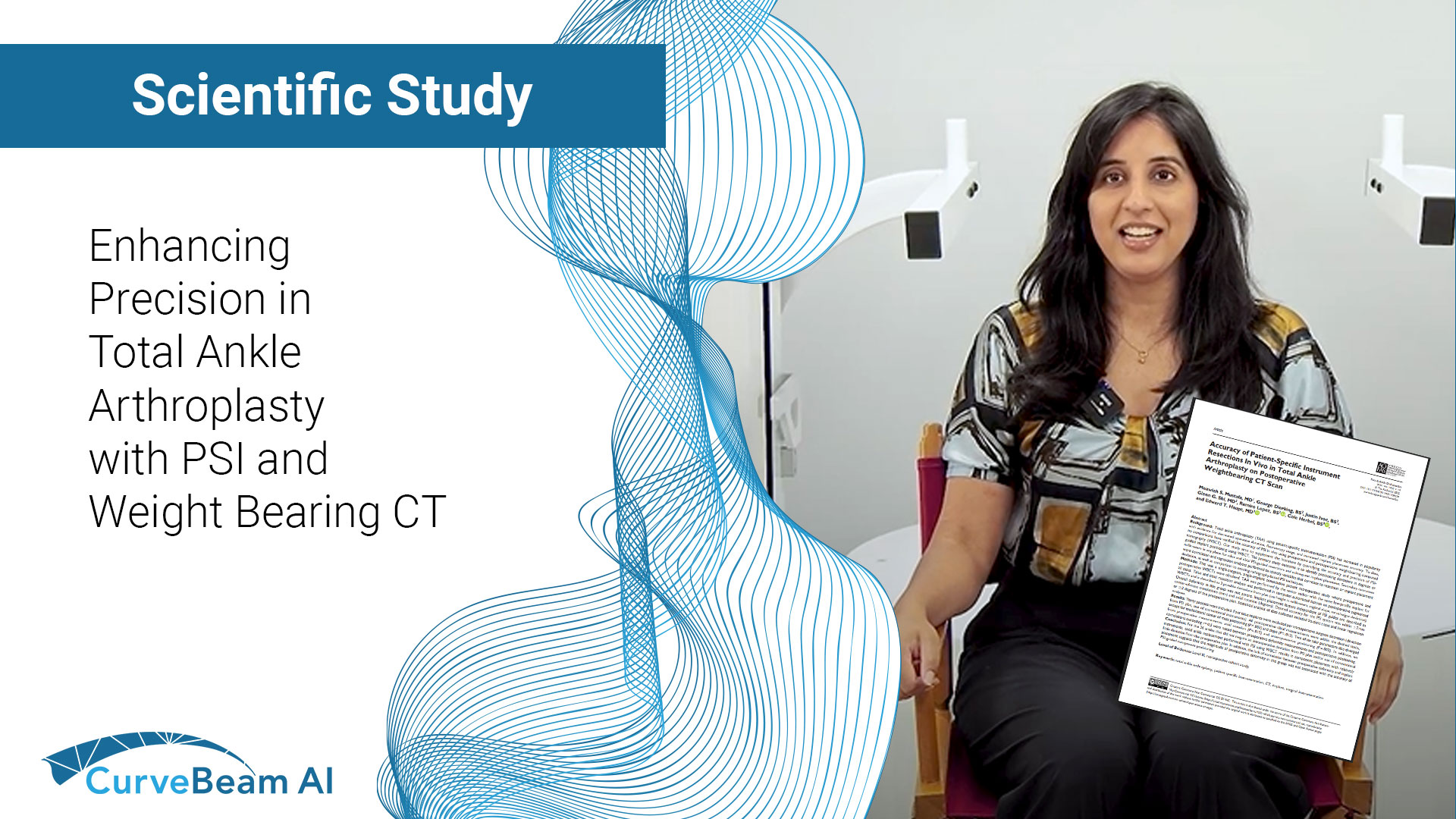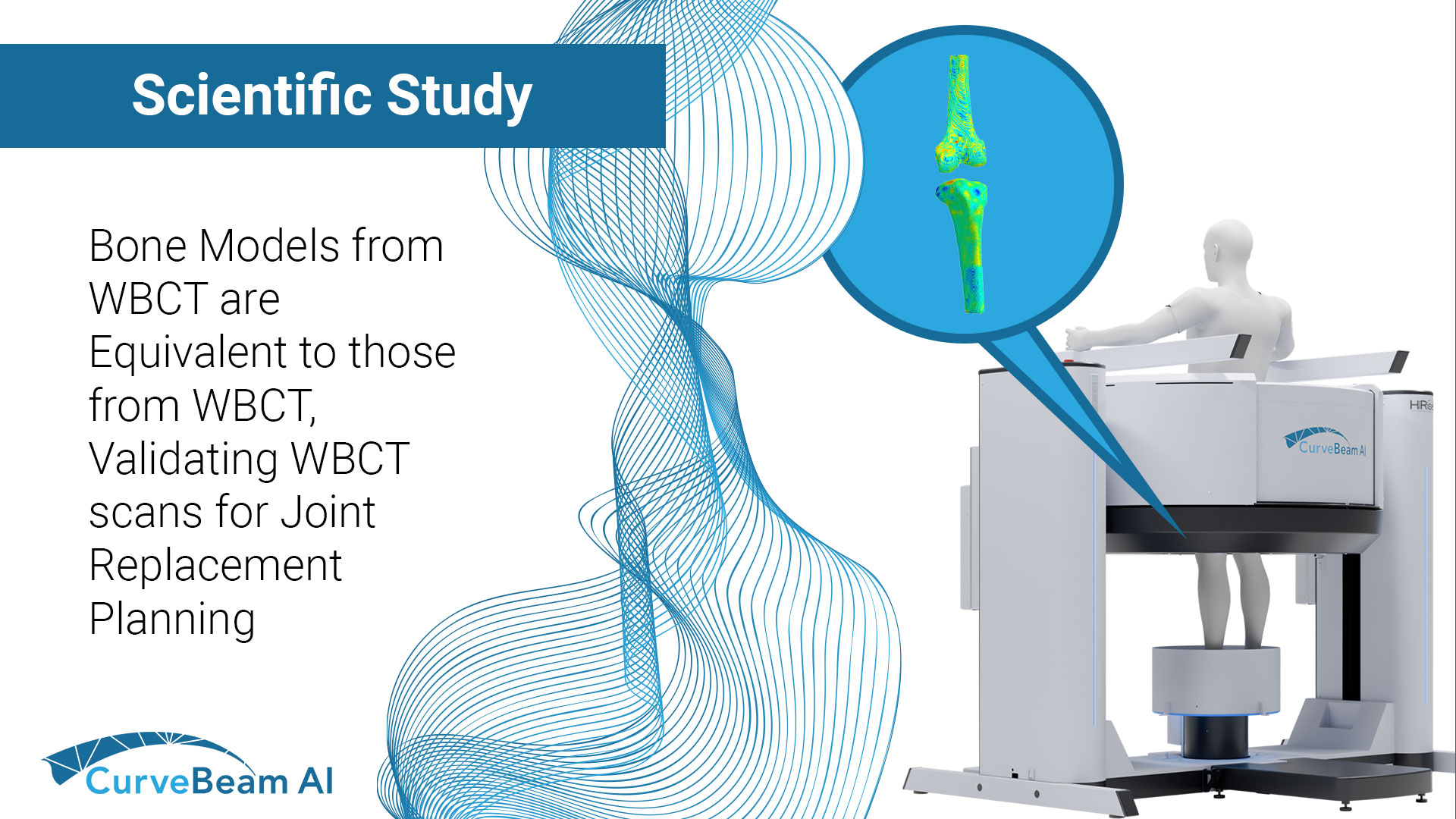Fragility fractures are often the first visible sign of underlying osteoporosis but too often, they…
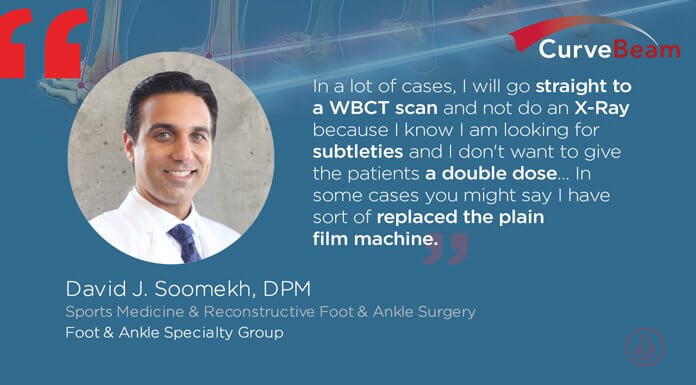
FOOTInnovate Webinar Recap – Soomekh: How I Have Integrated Weight Bearing CT into My Practice
David J. Soomekh, DPM, is a Diplomate of the American Board of Foot and Ankle Surgery and a Fellow of the American College of Foot and Ankle Surgeons.
In this CurveBeam-sponsored FOOTInnovate webinar, Dr. Soomekh delivers a presentation about how exactly weight bearing CT technology has been integrated into his practice.
Click here to watch the FOOTInnovate webinar. A FOOTInnovate account is required to access.
How Dr. Soomekh Leverages the pedCAT
To begin, let’s dive into how Dr. Soomekh uses the CurveBeam pedCAT system in his practice.
“In a lot of cases, I will go straight to a WBCT scan and not do an X-Ray because I know I am looking for subtleties and I don’t want to give the patient a double dose, ” Dr. Soomekh said. “In some cases you might say I have sort of replaced the plain film machine.”
Dr. Soomekh said that the pedCAT is instrumental in his ability to:
- diagnose fractures that are difficult to appreciate on plain film due to bone overlap;
- detect stress fractures;
- appreciate joint relationships in dislocations more easily;
- and get an accurate 3D view of joint changes and subchondral lesions associated with arthritis.
In addition, the pedCAT assists Dr. Soomekh with pre-operative planning and an in early detection of osteomyelitis.
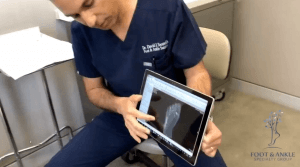
“I [view images on] a mobile device. … It’s wireless, and the image still comes up in about six to eight minutes after it’s processed,” Dr. Soomekh said. “I’ll bring it into the room and show the patient the views and the pathology.”
pedCAT Reimbursements and Authorization
Though the rates presented by Dr. Soomekh are specific to Southern California, they provide valuable insight into the operational benefits of a pedCAT system.
For Medicare, Dr. Soomekh said his reimbursement rate is $130 for a scan. With PPO insurance, the rate can range from $180 to $280, and as high as $350. Dr. Soomekh’s cash-pay rate is $200.
While Medicare doesn’t require authorization, Dr. Soomekh’s practice has implemented some best practices for securing authorization for PPO insurance.
His staff will make a pre-authorization call while the patient is in-office, and billing is held until authorization is received. Occasionally, a peer-to-peer call is required. The patient signs a consent form he or she will be responsible for the cost of the CT if it is not covered by insurance.
“In most cases, I don’t wait until I get the authorization before I go ahead and take the scan,” Dr. Soomekh said. “Some patients ask me to wait until they get the authorization, and we’ll do that. … Otherwise, the staff will be doing an authorization call while we’re doing the scan. If we get authorization right then, we’ll let the patient know.”
Results of Weight Bearing CT in Action
Though a thorough watching of Dr. Soomekh’s webinar will reveal many cases in which weight bearing CT is beneficial, let’s take a look at how the pedCAT helps Dr. Soomekh assess Hallux Valgus.
The system helps Dr. Soomekh in pre-operative planning as he assesses the degree of frontal plate rotation of the first metatarsal and its association with the sesamoids. He can also appreciate the degree of transverse plane angulation at the first metatarsal cuneiform joint, among other benefits.
The image below, for example, provided Dr. Soomekh with a look at the internal rotation of the first metatarsal in a younger patient.
The image below shows the result of corrective surgery for the same patient.
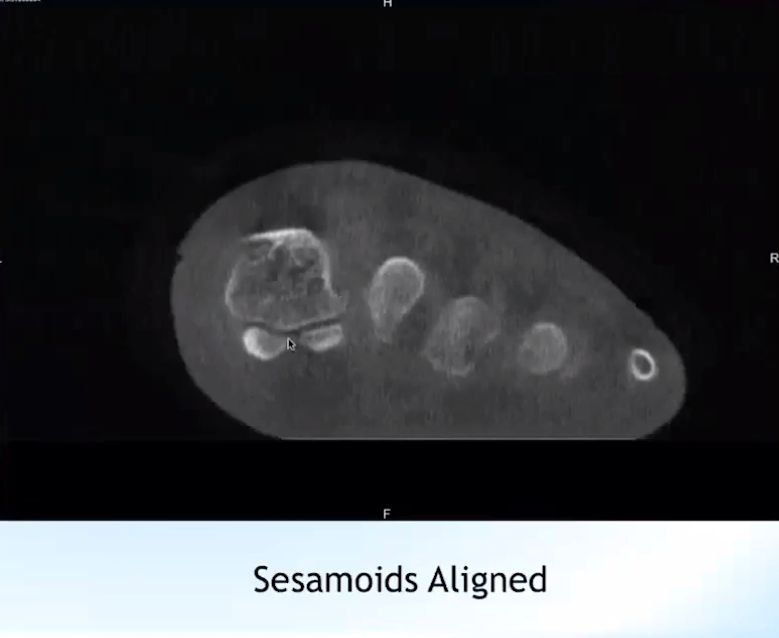 “The sesamoids are underneath, now, in the appropriate position, and the angulation is closed,” Dr. Soomekh said.
“The sesamoids are underneath, now, in the appropriate position, and the angulation is closed,” Dr. Soomekh said.
pedCAT Benefits
To conclude the webinar, Dr. Soomekh outlined the major benefits of adopting the use of a pedCAT machine at his practice.
These include:
- Excellent image quality
- Instant results
- Immediate and focused treatment for the patient
- Patients benefit from “one-stop shop” experience
- Increased practice revenue
- Images can be sent to radiologist for an official report

